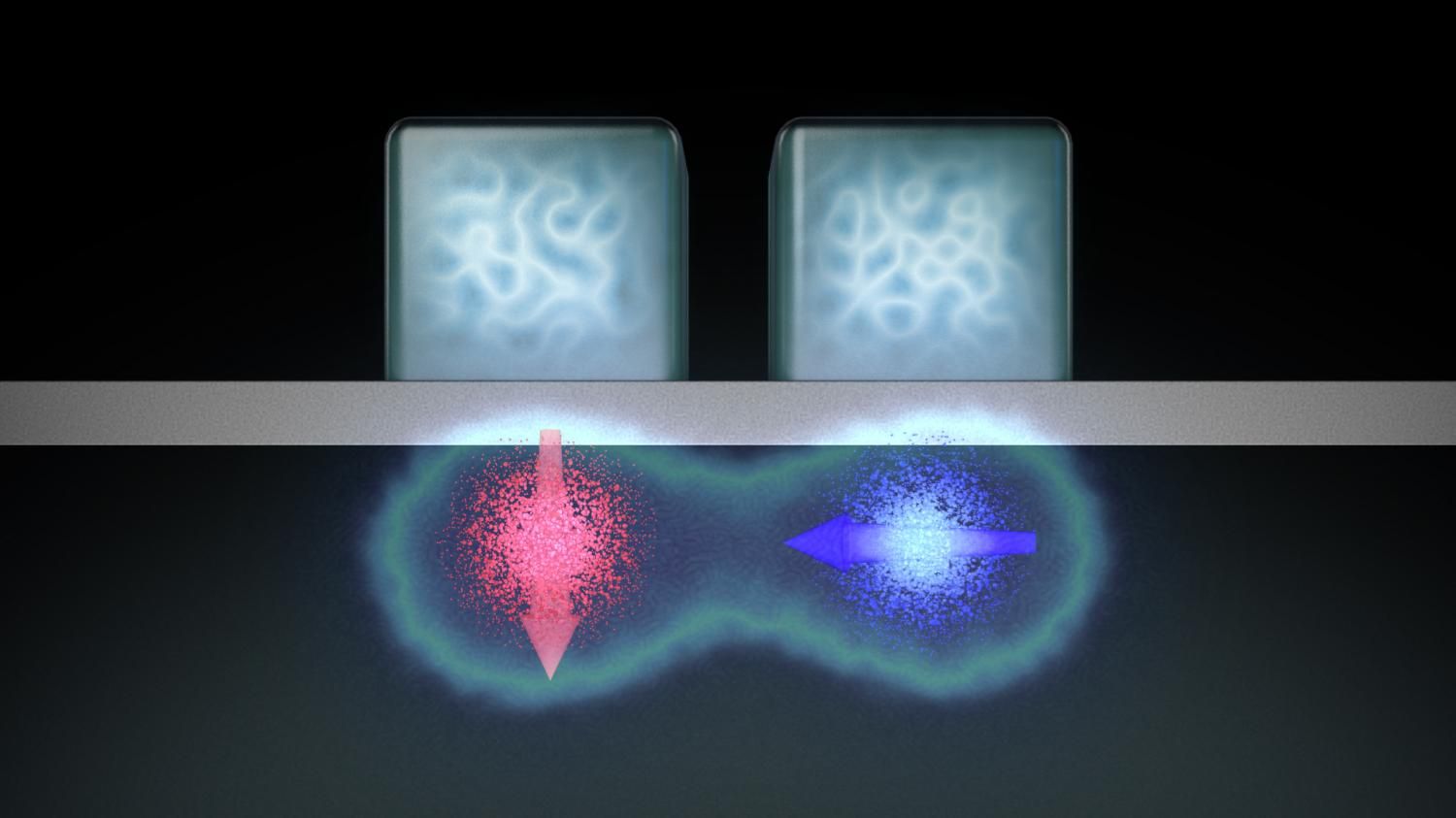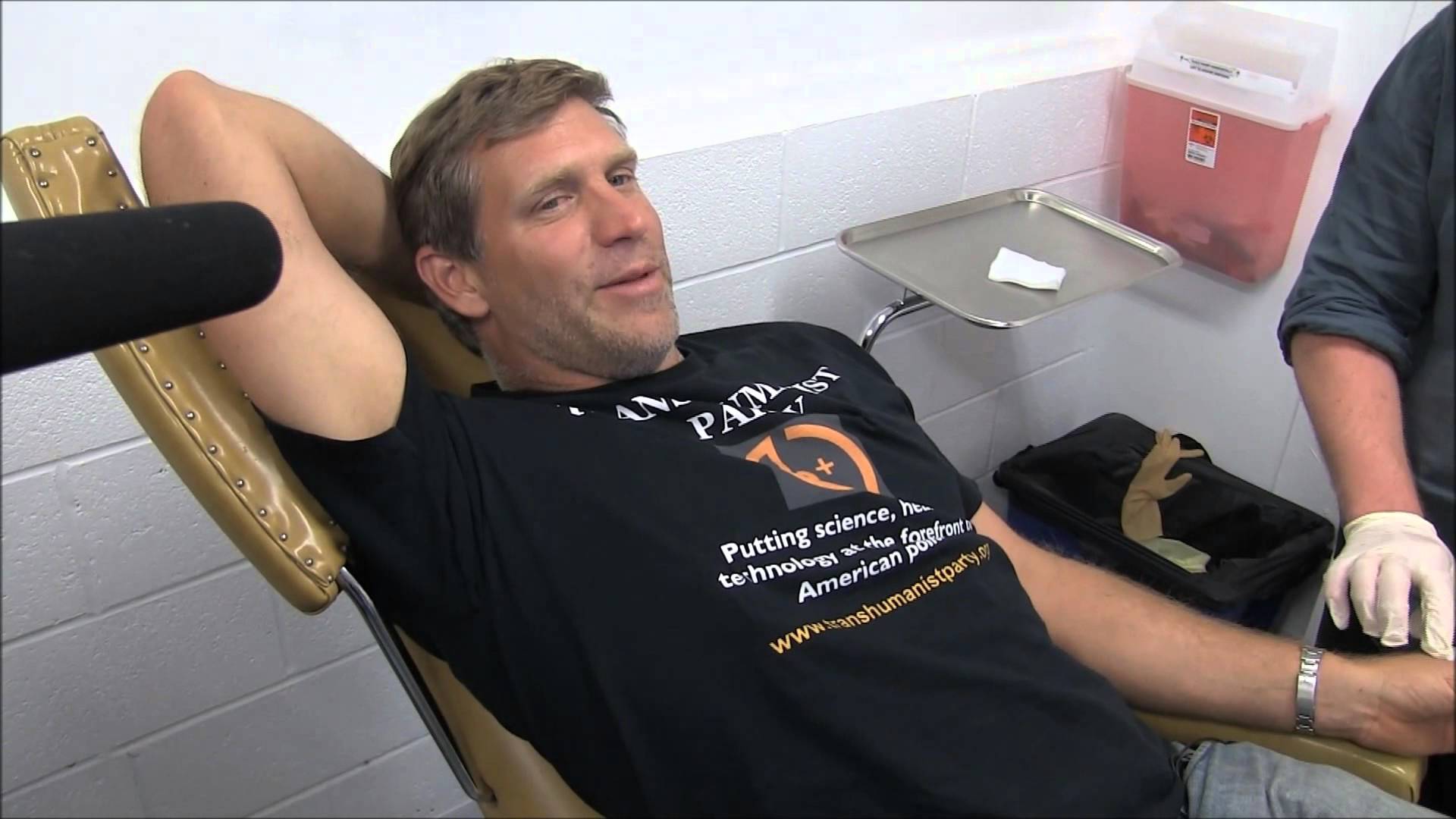Oct 8, 2015
Artificial intelligence systems found to have the IQ of a 4-year-old
Posted by Shailesh Prasad in categories: computing, robotics/AI
A series of tests designed to challenge some of the best AI systems in the world has pitted them against the human IQ (Intelligence Quotient) test to find that their intelligence currently sits at the level of a 4-year-old child.
Conducted by a team from the University of Illinois in the US, the tests found that our most advanced AI systems match the average toddler in terms of smartness. When the age was upped to seven, the software programs found themselves well beaten.
The IQ test is just one measure of intelligence, of course, and computers are way ahead of us in some tasks (like the speed of their calculations). What the test tries to do is assess the ability of someone to rationally understand the world around them — it’s in this particular area of self-awareness where software is still some way behind.














